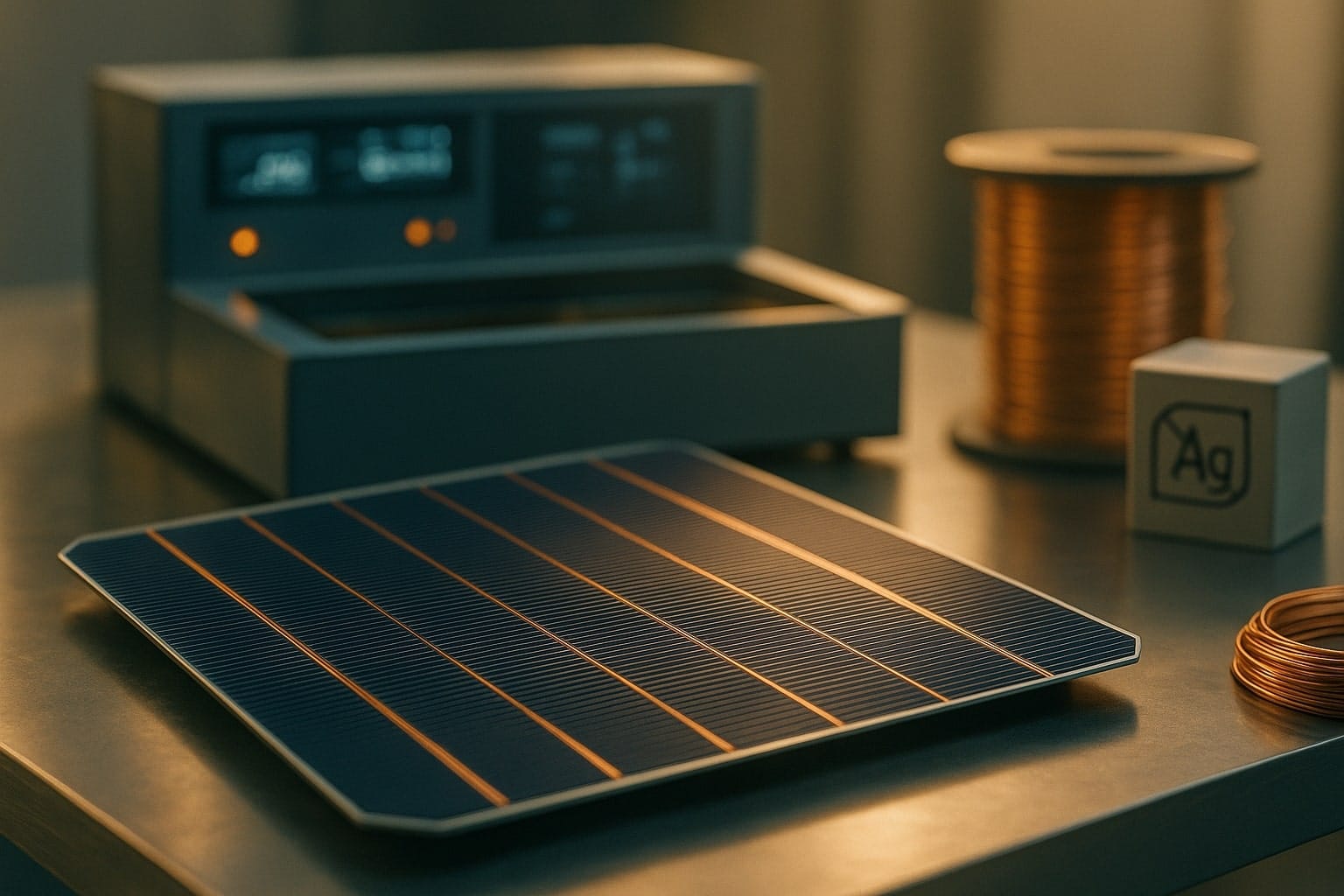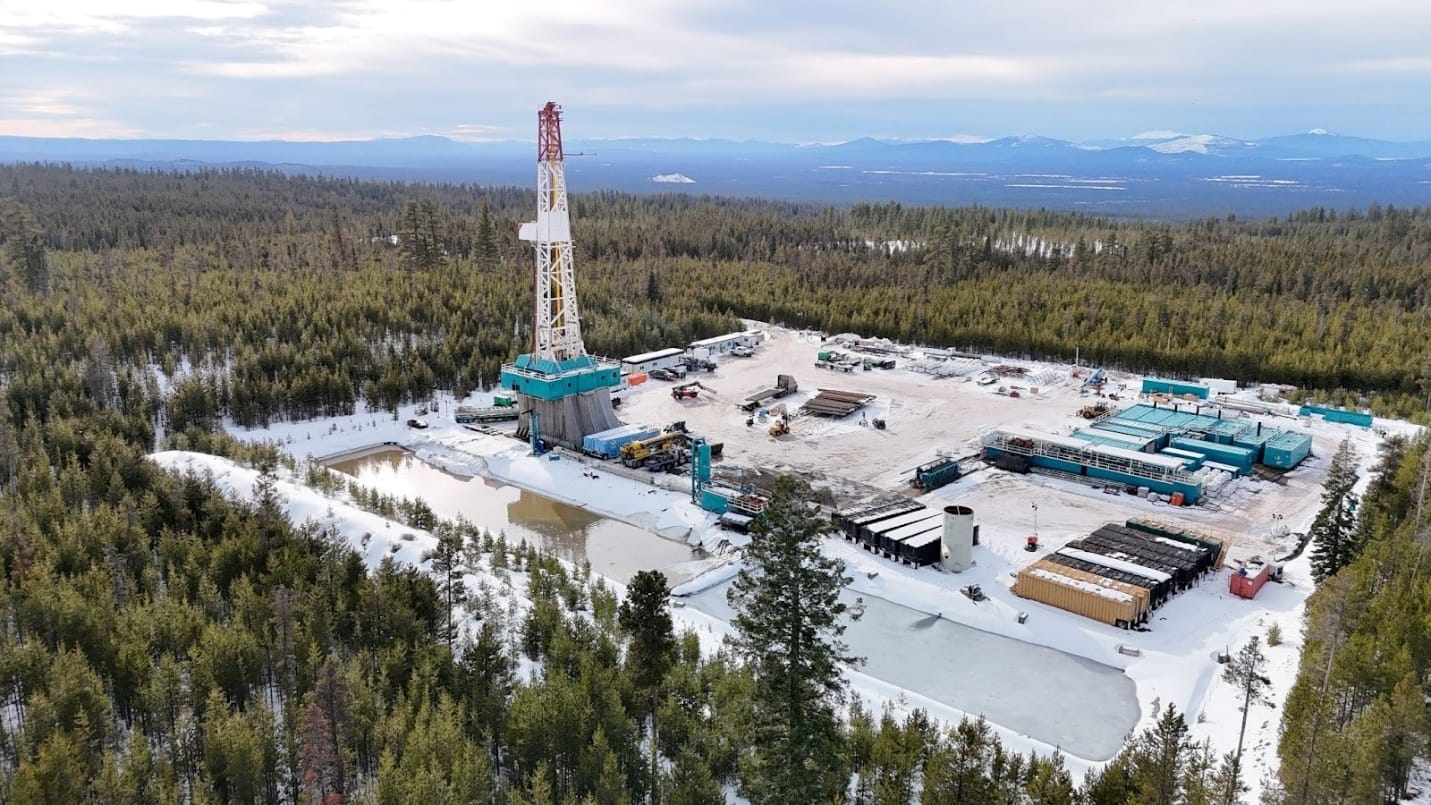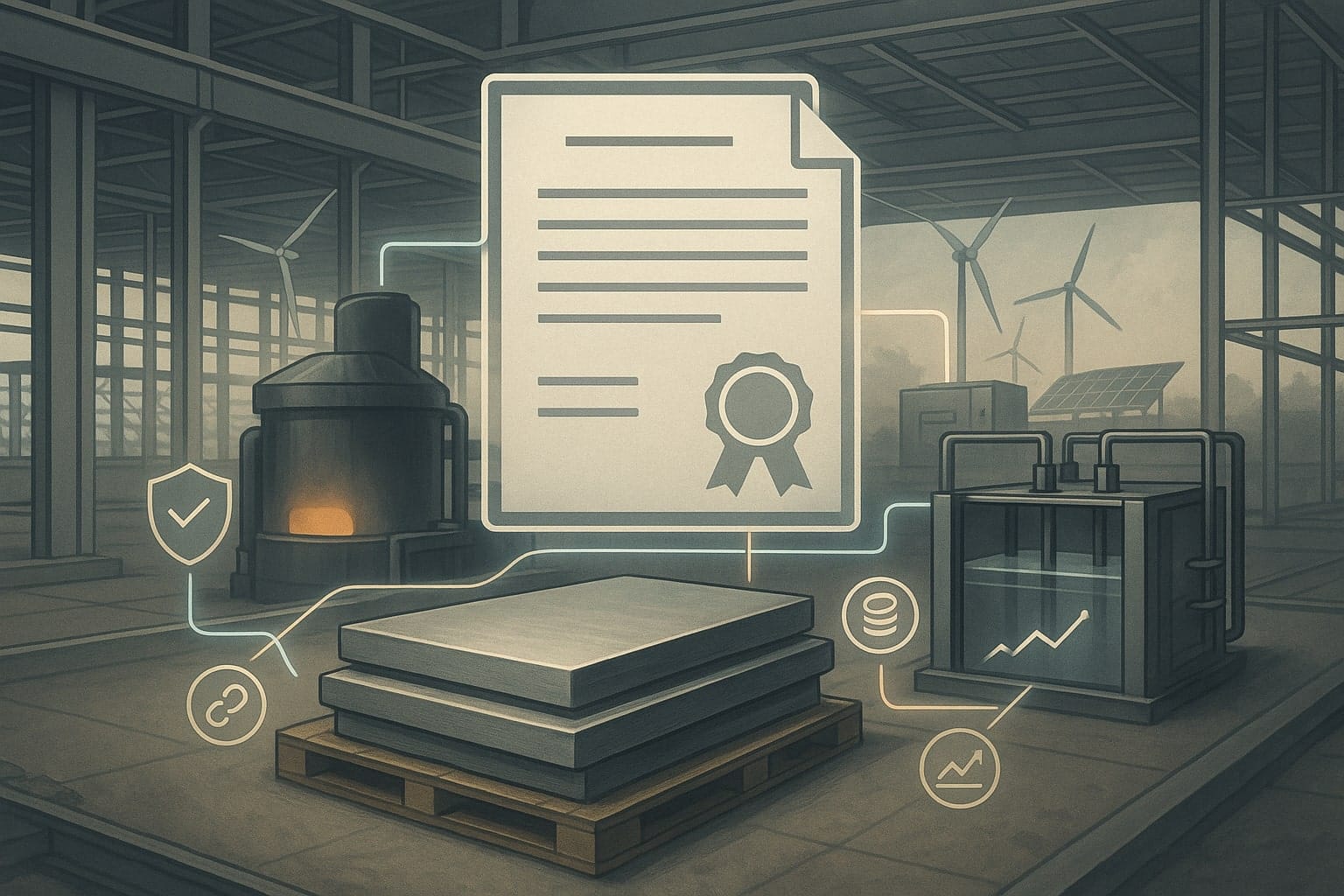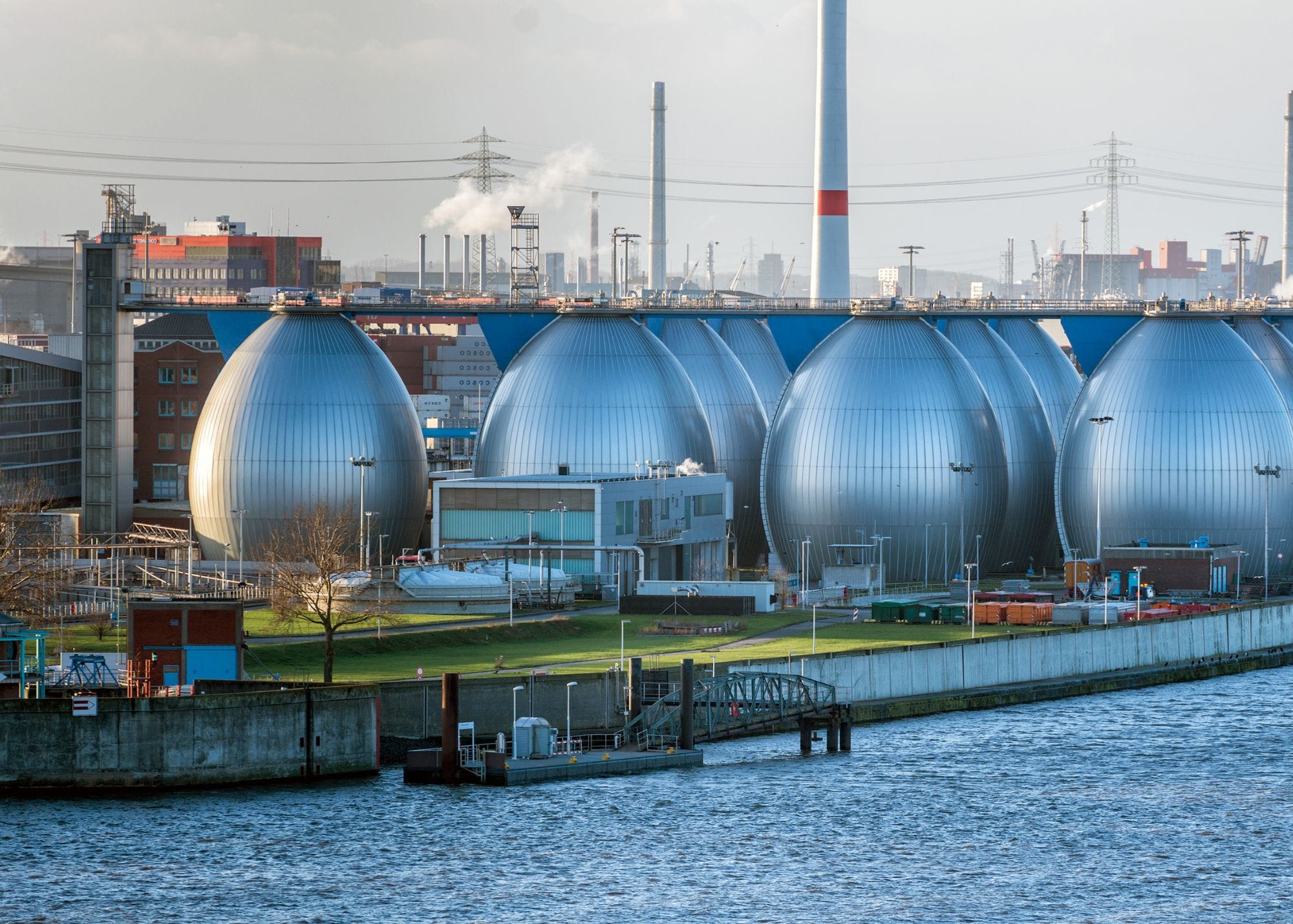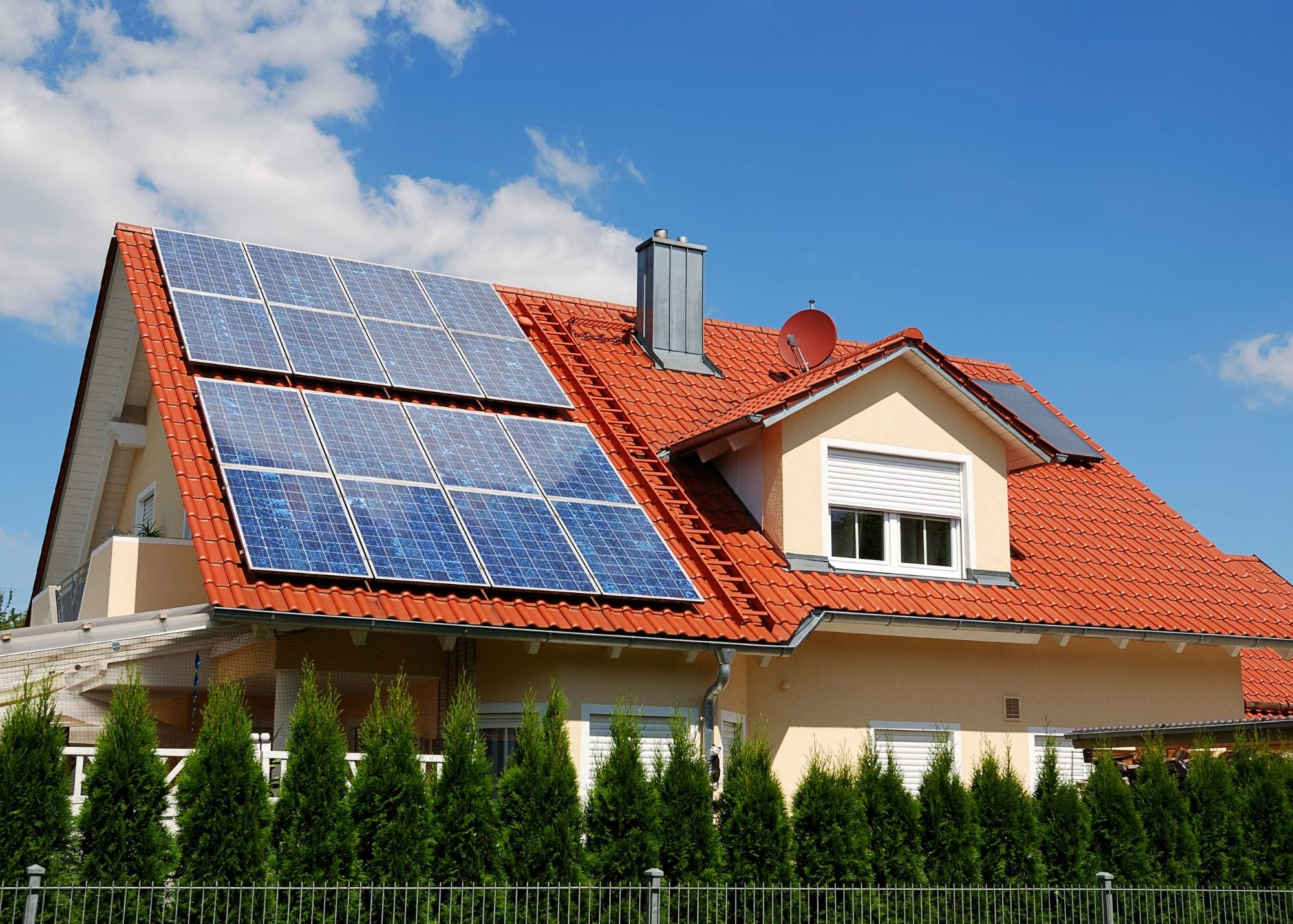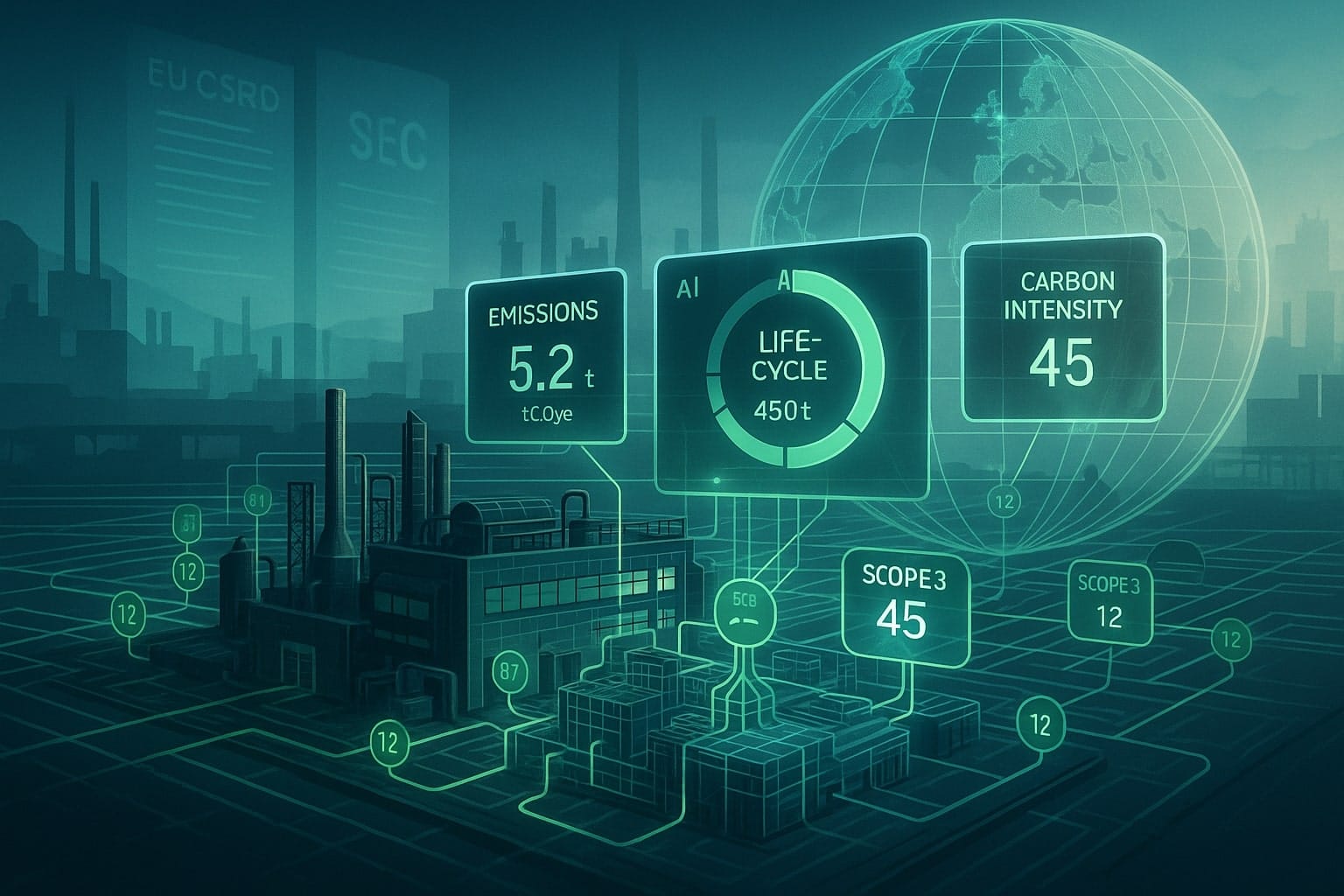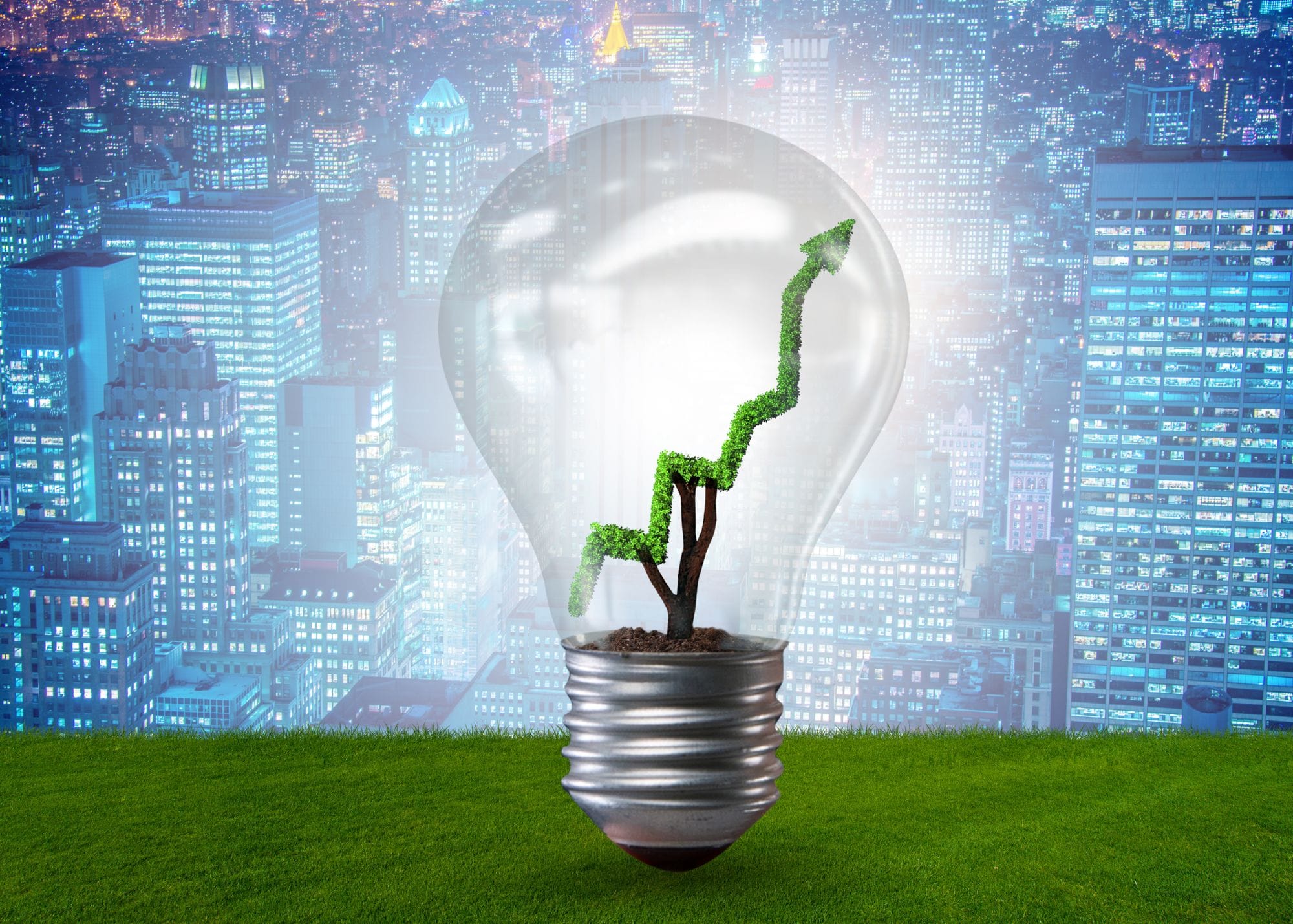Table of Contents
ToggleA Grid Stuck in the Past
Anyone who has experienced a summer blackout or waited years for a solar farm to get approved knows the U.S. electrical grid isn’t exactly nimble. America’s power grid, much of it built decades ago, is straining to meet 21st-century demands – from the surge of electric vehicles to energy-hungry data centers powering artificial intelligence. It’s widely considered outdated and bogged down by bureaucracy, and the numbers tell the story. In 2023 the average U.S. electricity customer endured about 366 minutes without power (over six hours). By contrast, in Germany – a leader in grid modernization – the average outage was just 12 minutes. The United States actually ranks near the bottom of developed nations for reliability, a troubling statistic in our digital age. Aging infrastructure and more extreme weather are part of the problem, but red tape and fragmented planning also play a big role in holding back a smarter, more resilient grid.
One major bottleneck is how new energy projects get hooked up. Before any new power plant – say a wind farm in Kansas or a solar array in California – can deliver electricity, it must go through a lengthy interconnection process with the grid operator. That process has become notoriously slow and backlogged. Nationwide, there are a staggering 2.6 terawatts (2,600 gigawatts) of new generation waiting in line for approval to connect – about double the total capacity of all U.S. power plants currently operating. In other words, we have twice as much potential new power stuck in limbo as we have online today. This huge queue includes well over a thousand gigawatts each of solar energy and battery storage projects that are essentially on hold.
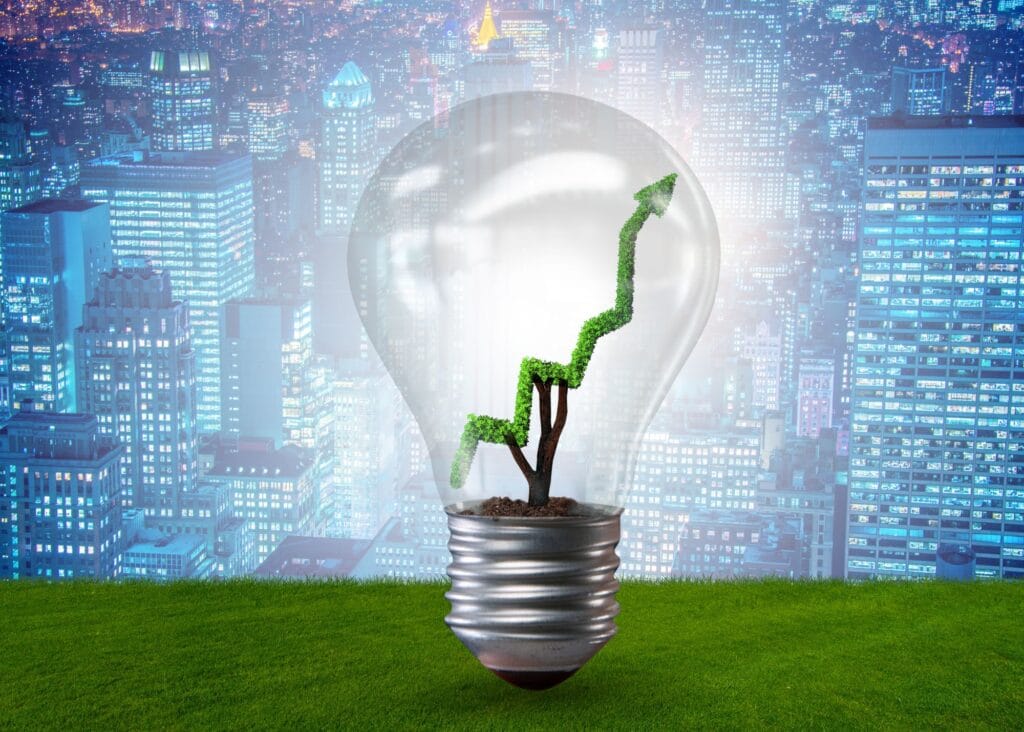
Nowhere is this logjam more severe than in the territory of PJM Interconnection, the grid operator serving 13 states from the Midwest to the Mid-Atlantic. PJM’s interconnection queue is the longest in the nation, with over 3,000 active project requests totaling 286.7 GW of capacity waiting to be connected. The backlog grew so unmanageable that PJM stopped accepting new applications in 2022 and says it won’t even consider new project requests until mid-2026. This moratorium was a drastic measure to allow PJM to work through the pile of pending projects. The irony is that most of these delayed projects are clean energy – in PJM’s queue, fewer than 3% of requests are for natural gas plants, with the rest being wind, solar, and battery installations. In effect, an antiquated approval process is slowing the transition to renewable power. It’s a classic case of bureaucracy bogging down innovation, leaving gigawatts of green energy waiting on paper while communities remain reliant on older, less sustainable power sources.
Google’s Big Idea: AI to Streamline the Grid
Enter Google. The tech giant famous for internet search and self-driving cars is now turning its algorithms loose on that grid interconnection bureaucracy. In a partnership announced on April 10, Google is teaming up with PJM and an Alphabet “moonshot” called Tapestry to develop AI-driven tools to speed up how new energy projects get connected to the grid. It’s the company’s biggest foray yet into the electric power arena, and it couldn’t come at a more critical time. Demand for electricity is rising fast – in fact, the U.S. government’s latest five-year outlook tripled its demand growth forecast, now expecting peak demand to jump by 128 GW before 2030. We need more power plants, especially renewable ones, and we need them online faster. Google thinks artificial intelligence can help cut through the red tape that’s been slowing things down.
So what exactly is Google proposing? In essence, software “assistants” powered by AI will help automate and optimize key parts of PJM’s interconnection process. Today, getting a new wind farm connected involves mountains of data – engineering studies, grid impact analyses, safety checks – spread across different databases and often requiring manual review. Google’s initiative will unify those disparate databases into one AI-powered platform, where grid planners and project developers can collaborate in real time. By applying machine learning to all that data, the tools can automatically verify application details, spot potential problems, and even suggest the best ways to integrate a new project. Routine tasks that bog down human engineers – checking data formats, running standard calculations – could be handled in seconds by AI. The goal is to dramatically reduce the time it takes for a solar or wind project to go from application to approval.
According to Google, this multi-year effort with PJM and Tapestry aims to bring new energy capacity online much faster, improve reliability, and even lower costs in the long run. For example, one planned tool will streamline the intake and data verification for interconnection applications, relieving overworked engineers of tedious data checks. Another will create a “unified model” of PJM’s grid, integrating dozens of currently siloed models and databases into a single source of truth. This unified grid model, updated continuously, can then be used to run simulations and identify the most efficient way to plug in each new project, accounting for all the other projects in the queue. By automating these analyses, PJM can process more requests in parallel and make decisions with greater confidence that a new solar farm (for instance) won’t destabilize the grid.
Crucially, the AI will also help PJM figure out how to integrate more diverse energy sources reliably. Today’s grid was built around big, steady power plants, but now we’re adding lots of variable wind and solar. PJM’s backlog is dominated by these resources, which behave differently from a coal plant. Smart planning tools can model their variability and suggest grid upgrades or energy storage to accommodate them. In short, Google is providing a sort of AI co-pilot for grid planners, crunching vast amounts of data and offering solutions so humans can approve projects faster and with fewer bottlenecks.
Google’s initiative is still in its early days – think of it as an AI-driven “grid modernization lab” unfolding within PJM. But even at this announcement stage, it’s being hailed as a potential game changer. “We applaud PJM for partnering with Google to bring cutting-edge tools to the grid planning process,” said one clean energy advocacy group, calling it a “critical step toward clearing the massive interconnection backlog”. Industry observers note that if PJM can crack the code here, it could serve as a template for other regions facing similar logjams. After all, every U.S. grid operator has a queue of would-be projects, and many are looking to PJM’s experiment. If AI can help untie this Gordian knot of bureaucracy, it might unlock a renewable energy boom that’s been waiting in the wings.
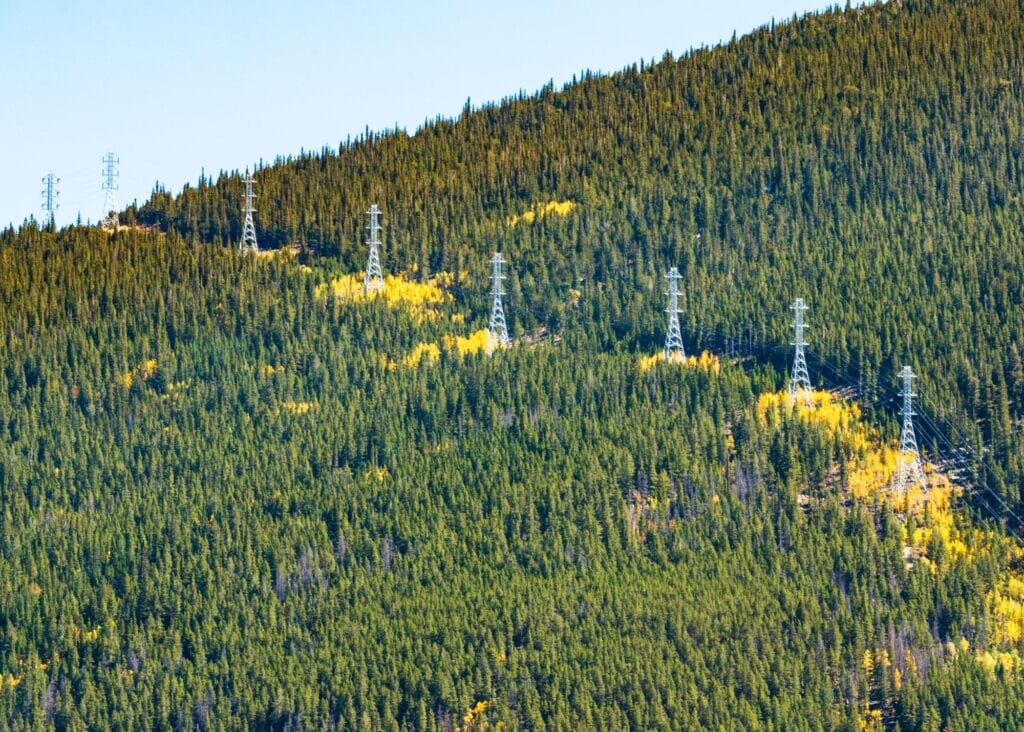
AI’s Role in a Smarter, More Resilient Grid
Google’s foray is part of a broader trend: the power sector is increasingly turning to artificial intelligence to modernize the grid. It’s not just about speeding up paperwork for new power plants. Across the country (and the world), AI is being deployed to make the grid more efficient, reliable, and adaptable. Picture a “smart grid” that can predict outages before they happen, balance supply and demand in real time, and automatically heal itself when equipment fails. These are the kinds of benefits AI promises for critical infrastructure.
Consider preventing blackouts, a high priority as climate change fuels extreme weather. Utilities are starting to use AI algorithms to analyze sensor data and pinpoint weaknesses in the grid before they cause an outage. In one early implementation, New England’s utility Eversource worked with data scientists to predict which equipment was likely to fail. By crunching decades of outage records, weather patterns, and even satellite imagery of tree cover, their AI model could forecast where a power line was at risk – say, a transformer running hot or a tree limb about to snap in a storm. In a two-month pilot, this system alerted crews to problems and prevented an estimated 40,000 customer outages by fixing issues proactively. That’s AI as a digital sentinel, watching over the grid 24/7 in ways humans simply can’t.
AI is also supercharging our ability to manage the growing complexity of electricity flows. Unlike the one-way grid of the past (big plants sending power outward), today’s grid has solar panels on rooftops, batteries in garages, electric cars feeding power back – it’s a dynamic, two-way network. Managing all these moving parts in real time is a data challenge tailor-made for AI. Machine learning models can sift through streams of data from smart meters, weather forecasts, and IoT sensors to do things like predict how much solar power a neighborhood will produce in the next hour or optimally reroute power around a downed line. Grid operators are experimenting with AI-driven “virtual power plants” that aggregate thousands of rooftop solar systems and batteries, adjusting them collectively to meet demand just as a traditional power plant would.
Then there’s the task of planning the grid of the future. Historically, grid planning has been a slow, scenario-by-scenario study. AI offers a way to simulate thousands of scenarios quickly – a kind of generative AI for grid design. Researchers at NREL (the National Renewable Energy Lab) note that advanced AI can provide “fast and efficient models, high-fidelity scenarios, and stochastic optimization” to help design a 100% clean electricity system by 2035. In plain language, AI can rapidly explore different what-ifs (what if we had X% solar, or a big battery here, or a heat wave there) and help planners identify the most resilient, cost-effective grid upgrades. This is critical as we aim to overhaul an infrastructure built for the last century into one fit for the next. Google’s own tool, Tapestry, can be seen as part of this trend – an AI platform building a “digital twin” of PJM’s grid to test how new resources will behave.
To be clear, AI is not a magic wand that instantly fixes a century-old grid. Electricity is physical, after all – you need wires, poles, transformers, and all the steel in the ground. But AI can ensure we get the most out of the hardware we have and invest smartly in what we need. It can help utilities integrate renewables without sacrificing reliability, by, say, forecasting wind farm output with high accuracy and preemptively dispatching backup power if a lull is expected. (In fact, Google has previously used DeepMind AI to improve wind energy forecasts and increase the value of wind farms by 20% by timing their power delivery to the grid more effectively.) AI can also coordinate demand response programs, where household devices like thermostats or EV chargers automatically adjust to help balance the grid at critical moments. All of this adds up to a more flexible and resilient system, crucial when integrating renewable energy which can be intermittent. As one industry report put it, “Utilities are using AI-enabled forecasting tools to optimize the output of wind and solar farms,” and analyzing consumption patterns to “optimize grid operations” in real time. The grid is essentially becoming data-driven, with AI turning raw data into actionable intelligence.
The Power Puzzle in Numbers: U.S. vs. the World
Modernizing a national grid is a massive endeavor – and the U.S. is not alone in facing this challenge. To put the situation in perspective, it helps to compare America’s grid modernization and clean energy transition with efforts abroad. Investment, innovation, and urgency vary across countries, but everyone is grappling with the same core issue: how to expand and upgrade electric grids for a new energy era. Below is a snapshot of how the U.S. stacks up against a few other major economies on key metrics:
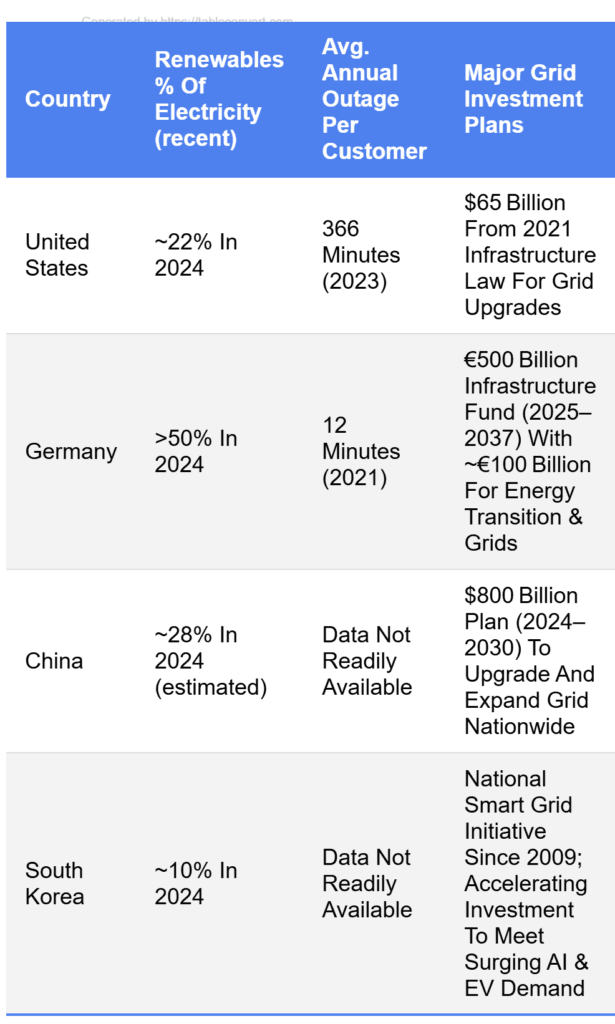
Outage data for China and South Korea: Both countries generally have highly reliable grids, but exact average outage durations are not published as frequently. South Korea’s reliability is comparable to Japan’s (which is ~minutes per year), thanks to a modern grid and smaller geography.
As the table suggests, the U.S. is playing catch-up in some areas of grid modernization. Germany’s electrical grid, for instance, has been aggressively upgraded over the past two decades to handle a flood of wind and solar power – and it shows in their reliability and renewable integration. In 2024, German renewable output (mostly wind and solar) surpassed 50% of total generation, an extraordinary milestone that the U.S. is still decades away from at current rates. Germany has invested heavily in digital grid control systems; one major utility, E.ON, is rolling out an “intelligent network control” platform by 2029 to unify its regional grids and better balance renewable flows. However, even Germany faces challenges, such as building new transmission lines from its windy north to industrial south – projects that have been delayed by their own permitting hurdles and public opposition.
China, meanwhile, illustrates the sheer scale of what’s coming. The country leads the world in renewable energy construction – it installed an eye-popping 150+ GW of wind and solar in 2023 alone – but even China’s grid is straining to keep up. Beijing recently announced an $800 billion plan to overhaul China’s “creaking” electric grid over six years. Why? Because new solar and wind farms are outpacing the wires. In some provinces, grid limitations have forced authorities to halt new solar projects or require battery storage until transmission can be beefed up. Even as China lays more high-voltage lines than any country in history (often using cutting-edge tech to send power across vast distances), it recognizes that smarter management – likely including AI – must complement the physical build-out. Notably, China’s state grid companies are investing in advanced forecasting and control systems to handle the fluctuations of renewables and the burgeoning demand from electric vehicles and massive data centers.
And in South Korea, a highly industrialized nation with big tech ambitions, the story is about planning for a coming electricity boom. Korea’s government and companies are nervously eyeing the skyrocketing power needs of AI clusters and semiconductor fabs – a trend mirroring what’s happening in the U.S. In fact, Korean experts warn that electricity demand from AI and EVs may far outstrip current forecasts, pushing the grid to its limits. South Korea was an early mover on smart grids – as far back as 2009, it designated Jeju Island as a national smart grid testbed, installing thousands of smart meters, electric vehicle chargers, and integrating renewables on a micro-grid scale. That pilot project, one of the world’s first of its kind, demonstrated how intelligent systems can manage supply and demand in real time. Now, Korea is looking to expand such approaches nationwide. Grid investment will need to roughly double by 2030 to meet the twin goals of clean energy and high-tech expansion, according to a report from KEPCO’s research institute. The challenge, however, is navigating local opposition – even Korea has NIMBY issues, as seen when residents recently blocked a new transmission line needed to deliver offshore wind power to Seoul. It’s a reminder that people – not just technology – are part of the grid equation everywhere.
Risks, Challenges, and the Road Ahead
While Google’s AI initiative and others like it hold great promise, relying on AI for critical infrastructure comes with its own set of risks and caveats. The electric grid is often called the most complex machine ever built. Before we hand more of its controls to algorithms, we need to ask hard questions about safety, security, and oversight.
One concern is transparency and trust. If an AI model recommends approving a certain power project or rerouting electricity flow, will human grid operators understand why? So-called “black box” AI that can’t explain its decisions is a tough sell in an industry where lives and billions of dollars can hang in the balance. Grid operators will need systems that provide clear rationale for their recommendations – or at least extensive testing to prove they work. There’s progress on this front (for example, researchers are developing “trustworthy AI” for control rooms), but it remains crucial that AI augments human expertise rather than replacing it outright. In PJM’s case, planners will still make the final calls; the AI is there to crunch data, not to rubber-stamp projects automatically.
Cybersecurity is another looming issue. Increasing the digital intelligence of the grid also increases potential attack surfaces. Utilities in Asia-Pacific and beyond are beefing up cyber defenses as they digitize, and the U.S. will have to do the same. An AI system that has access to grid models and operational controls must be extremely secure from hacking or manipulation. The nightmare scenario of a malicious actor hijacking AI grid tools is far-fetched, but not impossible, so this new software will demand rigorous security auditing.
There’s also the risk of over-reliance on AI without addressing deeper structural fixes. Google’s partnership with PJM drew praise, but even its proponents caution that “technology can speed things up, but it can’t do it alone.” Policy reforms and market changes are needed in parallel. For instance, the Federal Energy Regulatory Commission (FERC) is working on streamlining interconnection rules nationwide – such as requiring grid operators to process requests faster and in more clustered groups. Without such policy changes, AI might simply make a convoluted process faster at producing the same outcomes. In other words, if the “rules of the game” are outdated, automating them may yield only marginal gains. Pairing advanced technology with updated regulations will be key to truly untangle the bureaucracy.
From a broader perspective, entrusting AI with critical infrastructure management is a long-term societal experiment. We’ve seen AI outperform humans in games and even drive cars (with mixed results); now the test is in a domain where failures are especially costly. The hope is that AI will augment human operators – flagging options and insights they might miss – rather than operate autonomously in the near term. If done right, this could mean fewer blackouts, faster deployment of clean energy, and lower costs. But if done hastily, there’s a chance of algorithmic mistakes or biases causing new kinds of problems (for instance, could an AI tool inadvertently favor certain types of projects or locations due to the data it was trained on? Ensuring fairness will matter, since billions in investments ride on these decisions).
Finally, there’s the question of who controls and has access to these advanced tools. The electric grid has historically been the domain of utilities and regulators, operating in the public interest. Now, with a private tech company like Google deeply involved, some may worry about a “black box” owned by a corporate entity guiding grid decisions. Google and PJM will need to be transparent about results and perhaps eventually make such tools available to other operators or even to the public in some form. The good news is Google is not doing this purely out of altruism – it has skin in the game as a massive electricity consumer itself (its data centers gobble up power, and Google has pledged to run on 24/7 carbon-free energy). So its incentives align with a more robust, greener grid. But maintaining public trust will be important; the grid, after all, is a public good.
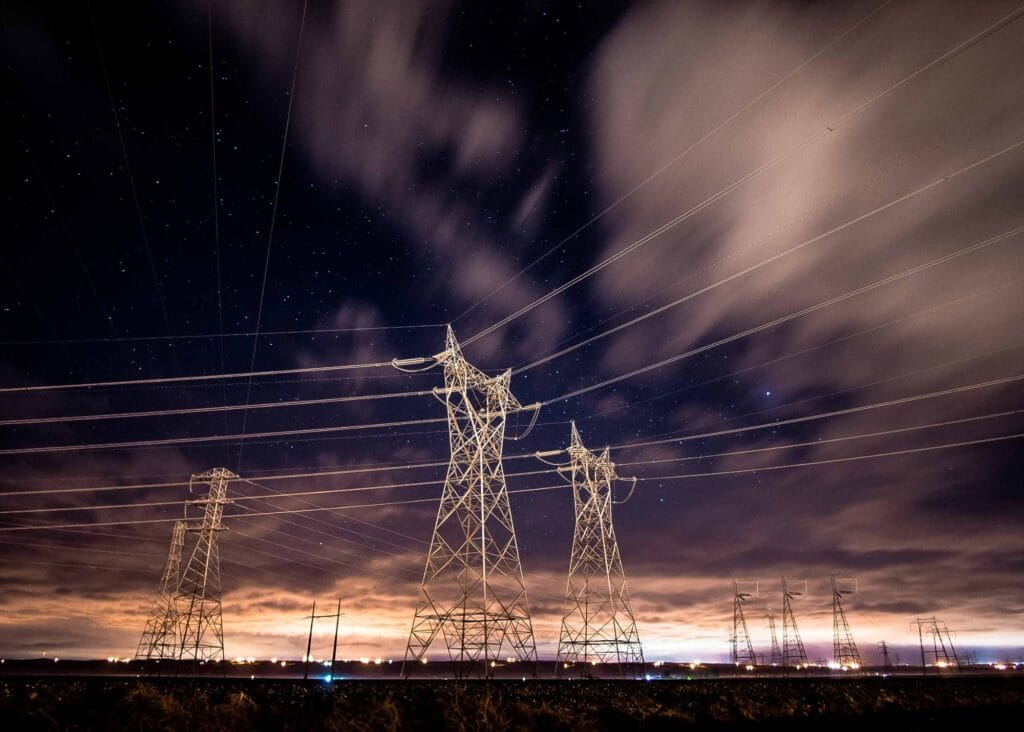
A Turning Point for the Grid?
The fact that we’re even talking about Google helping to run the electric grid shows how much the energy landscape is changing. A decade ago, the idea that tech giants would delve into arcane utility operations seemed far-fetched. Yet here we are in 2025: clean energy projects are waiting by the terawatt in interconnection queues, AI is both a culprit (with its huge electricity appetite) and a potential savior, and grid modernization has become a national priority on par with bridging the digital divide or rebuilding roads.
The narrative of Google’s AI initiative is ultimately one of optimism tempered with realism. It offers a vision of a faster, smarter way to modernize the grid – one where adding a new solar farm might take months instead of years, thanks to intelligent algorithms that cut through paperwork and pinpoint the needed upgrades in a snap. It paints a picture of control rooms where human operators collaborate with AI advisors, confidently integrating a dizzying mix of solar panels, wind turbines, batteries, and EV chargers while keeping the lights on for everyone. And it hints at a future where critical decisions about our energy future are informed by vast troves of data and machine intelligence, not just spreadsheets and regulatory hearings.
But achieving that future will require navigating the human and institutional elements carefully. The grid’s bureaucracy exists in part to ensure fairness, safety, and reliability. Any AI solution will have to uphold those values, not bypass them. There will be hiccups and lessons learned – perhaps an AI tool will suggest a fix that, while technically sound, runs afoul of an old rule, prompting regulators to revisit the rule itself. In that sense, AI might not only streamline bureaucracy, it could also shine a light on which bureaucratic processes are truly necessary and which are obsolete.
One thing is clear: the stakes are enormous. Getting the grid right is essential to meeting climate goals, economic goals, and now AI industry goals. As one Korean energy expert bluntly put it, countries must build “more advanced grid networks” for the new era, but “the problem lies in the negative public perception about such facilities” and the slow pace of expansion. Technology can help on one front – by maximizing efficiency and minimizing the need for brute-force infrastructure – but public and political will must help on the other, by enabling the buildout of lines and equipment where needed.
Google’s initiative with PJM is a hopeful example of cross-industry collaboration: a tech company, a grid operator, and an innovative startup (Tapestry) joining forces to tackle a knotty problem. It’s conversational in tone – even Google’s announcement framed it as “building the stronger, more resilient grid of tomorrow”, as if inviting everyone to see this as a shared mission. In that spirit, it’s thought-provoking to imagine what else might be possible if Silicon Valley creativity, utility expertise, and sound public policy converged. Could AI help optimize where we build new transmission lines, minimizing impact and cost? Could it manage microgrids that keep critical services running during wildfires or hurricanes? Could it enable real-time carbon tracking, so that every electron on the grid is traced and accounted for in emissions? These are the kinds of questions now on the table.
In the end, the drive to modernize the grid isn’t really about AI or Google per se – it’s about bringing an aging, indispensable system into alignment with the needs of our times. The U.S. electrical grid was a marvel of the 20th century; it now needs a reboot for the 21st. That reboot will involve steel in the ground, yes, but also silicon and code, brains and bytes working together. As America embarks on this journey, it can take some encouragement (and lessons) from others – the German engineers refining their control systems, the Chinese planners investing in monster upgrades, the South Korean innovators and even their cable makers seizing opportunities in an “AI-driven boom” for grid hardware. Modernizing the grid is a global challenge, one in which every success can be shared and built upon.
Google’s AI initiative is one such success-in-the-making. If it lives up to its promise, the payoff will be immense: clean energy projects unleashed from bureaucratic delay, a more reliable grid in the face of new stresses, and ultimately a faster path to decarbonization. The lights will stay on, and they’ll be powered by greener electrons. The coming years will test whether artificial intelligence can truly master the art of something as physical and grounded as the electrical grid. But as we stand at this crossroads – massive demand on one side, massive innovation on the other – it’s hard not to feel a spark of excitement that maybe, just maybe, we’re witnessing the beginning of a transformational upgrade to the machine that powers our lives.



